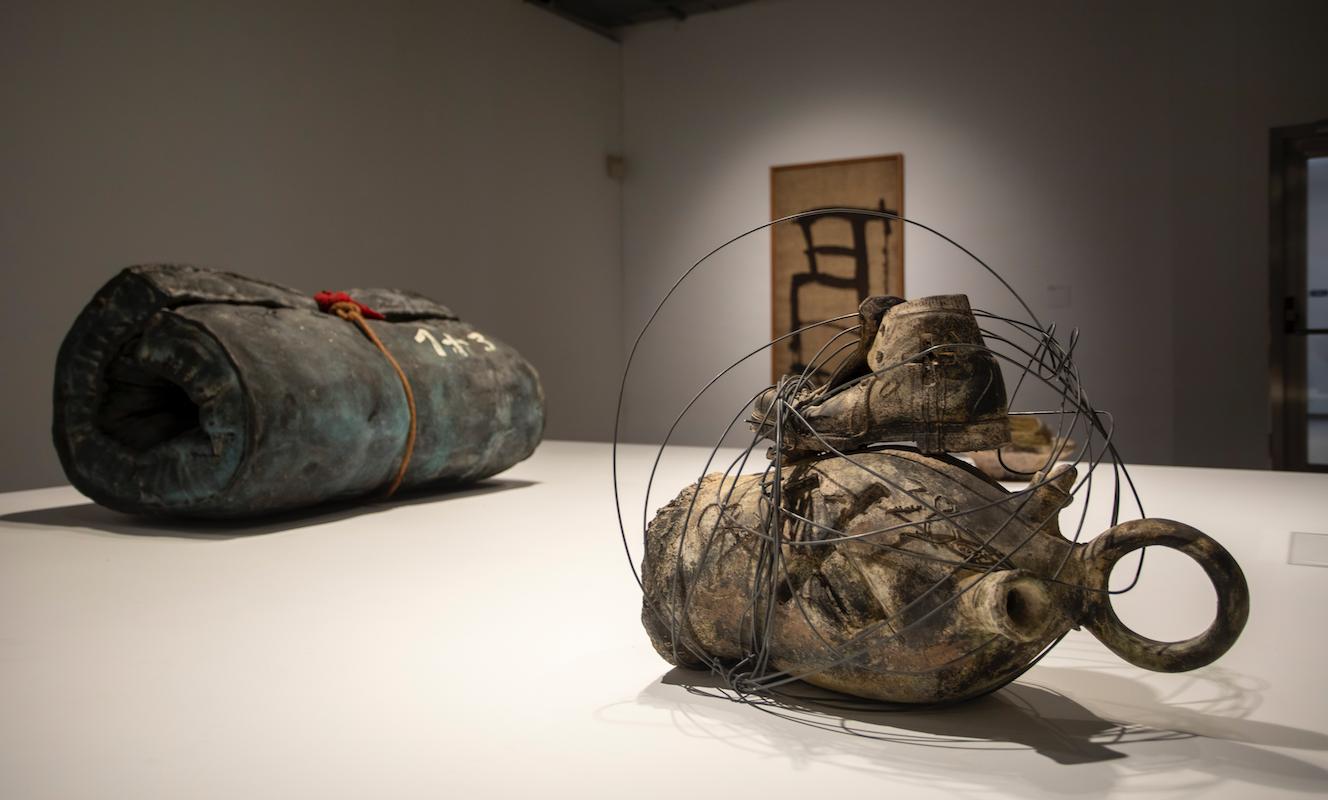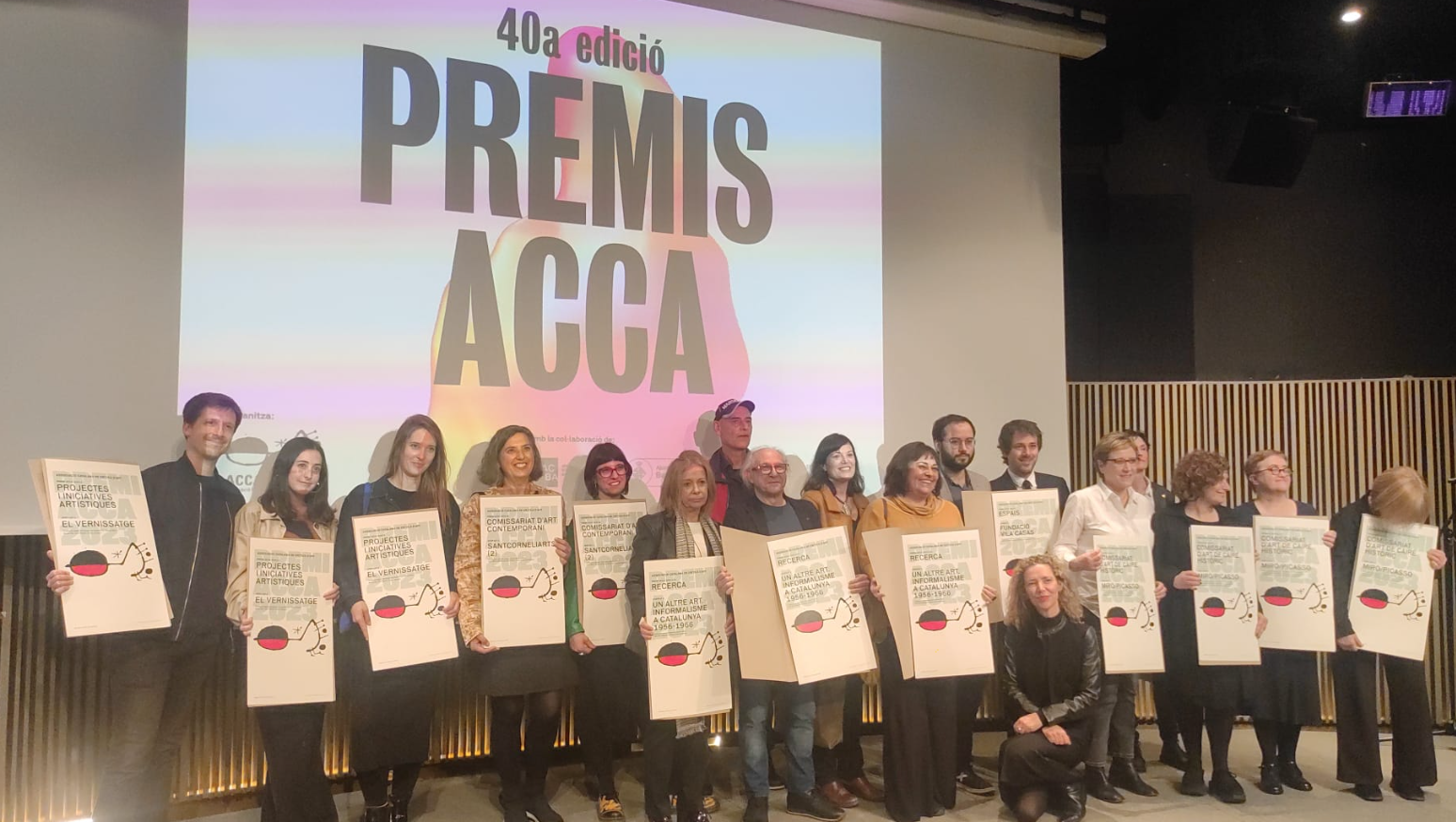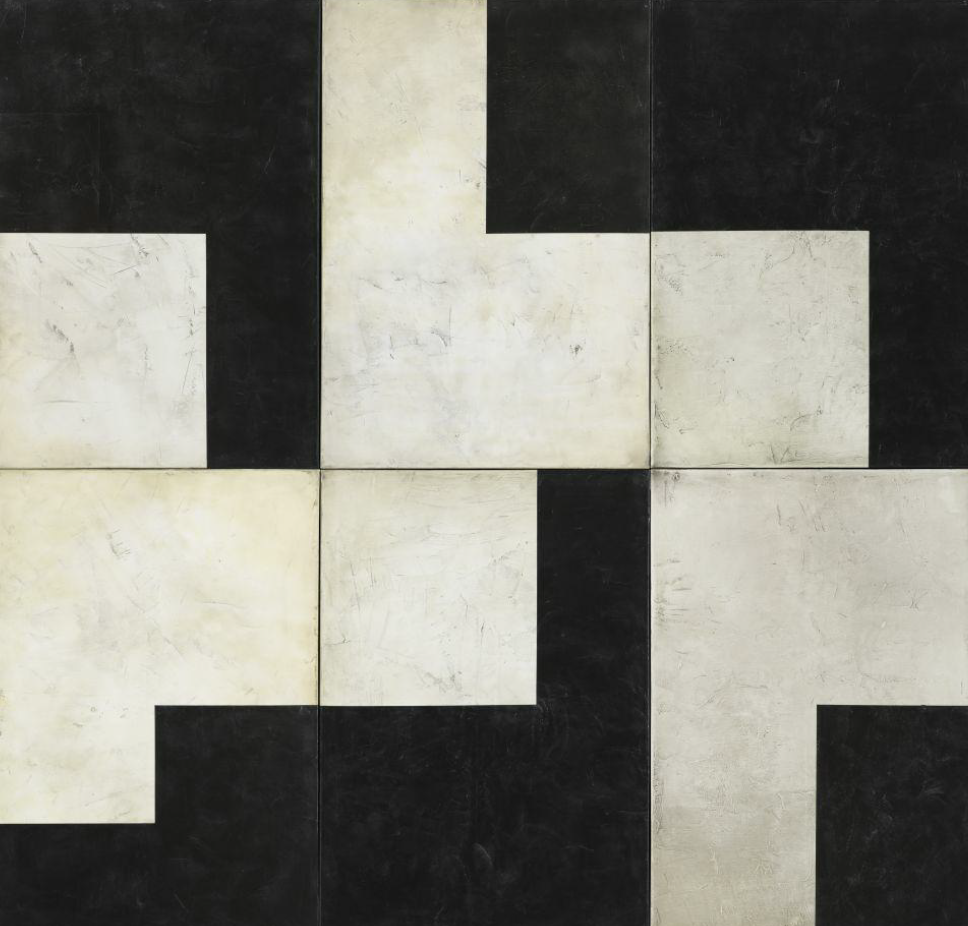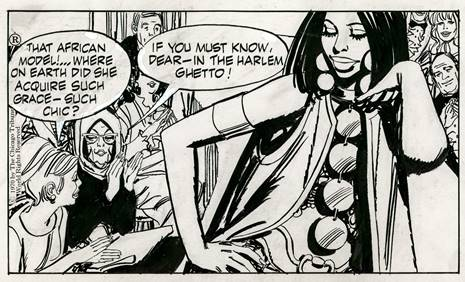Exhibitions
The enigmatic universe of Chiharu Shiota at the Tàpies Foundation
Chiharu Shiota (Osaka, 1972), heir to Ana Mendieta and a whole generation of feminist artists from the beginning of the 1970s, participates in the installations of the Fundació Antoni Tàpies
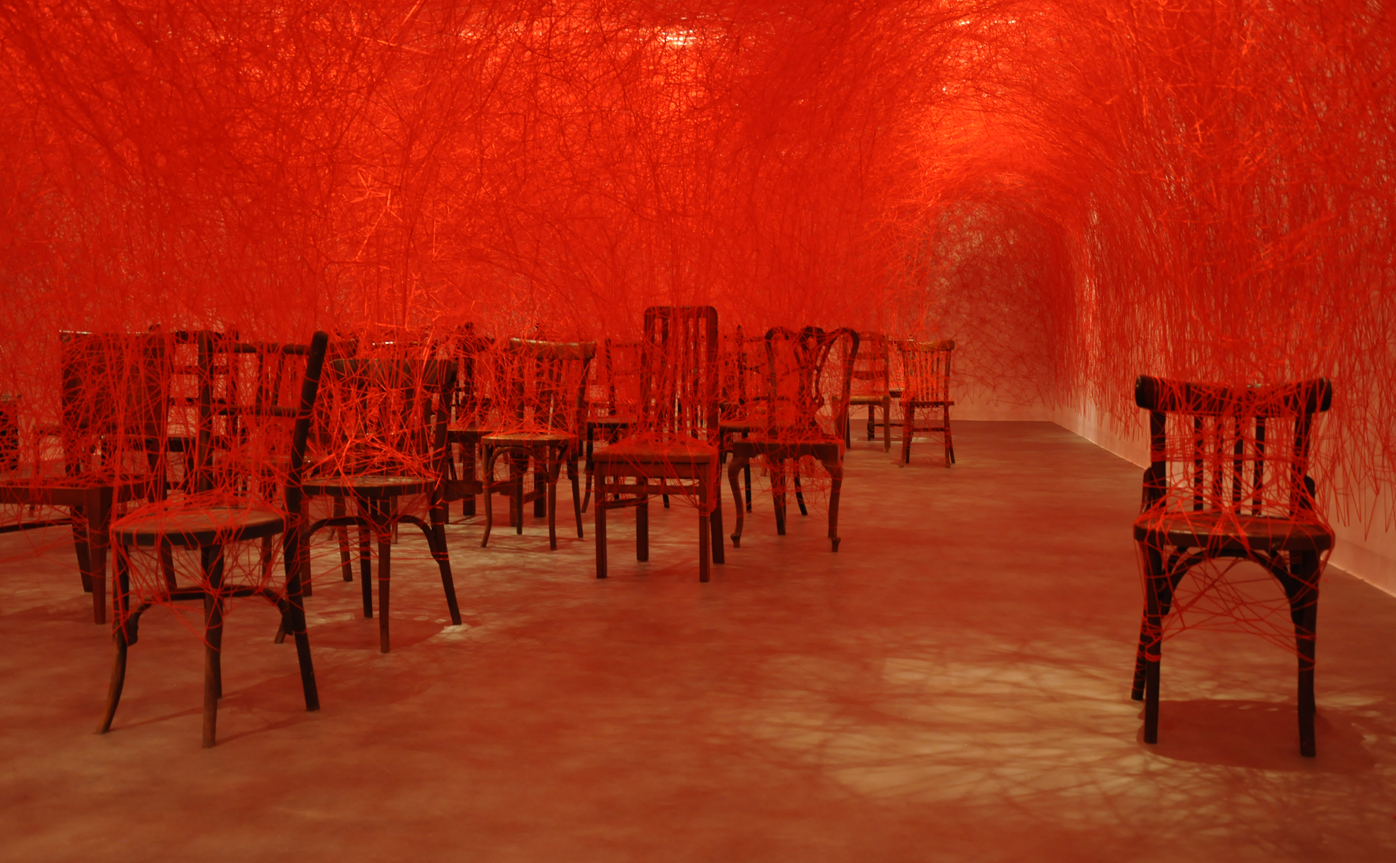
Chiharu Shiota (Osaka, 1972) is one of the most interesting creators on the international scene and heir to the work of women artists such as Ana Mendieta, Louise Bourgeois, Carolee Schneemann, Rebecca Horn or Marina Abramovic, from whom she received a master's degree at the Universität der Künste, after going through Seika University in Kyoto. He has lived and worked in Berlin since 1996, although his roots are still Japanese. She belongs to a generation of artists who have achieved international recognition in recent years for their dedication to installations and performances with a feminine art. He has participated in key contemporary art events such as the Moscow, Sydney, Lyon and Venice biennials, for which he created the Japan pavilion in the 56th edition.
As if drawing in space, his most significant interventions are those composed mainly of black and red wool threads that run across ceilings, walls and floors, devouring everything they find in their path and creating links between them that speak of the stories that they treasure The artist often adds recovered objects and elements to his installations because they speak of memory and the trace of life: they reflect time, feelings, life, memory and death. As part of the Tàpies Year celebration, Chiharu Shiota has been invited to intervene in the exhibition spaces of the foundation with the intention of entering into a dialogue with Tapia symbology and to conceive a game of correspondences beyond the space and time, reality and dream. With the title Chiharu Shiota. Each one, a universe, establishes a deep relationship between body, spirit and matter.
In this sense, it creates a dialogue with Tàpies' own iconography that allows us to reread the melancholy of the past, but without departing from the contemporary gaze. The threads that run from wall to wall, from ceiling to floor, from one side to the other, are intercepted to create veritable webs and impenetrable labyrinths that cross and expand like the universe or as neural connections. Adding layer after layer, thread after thread, causes the appearance of an intense plot that links and connects all the points in the space. In the same way as Tàpies, Shiota's cartography - with which he shapes his imagination - is based on everyday elements trapped, devoured and swallowed by the threads of memory.





